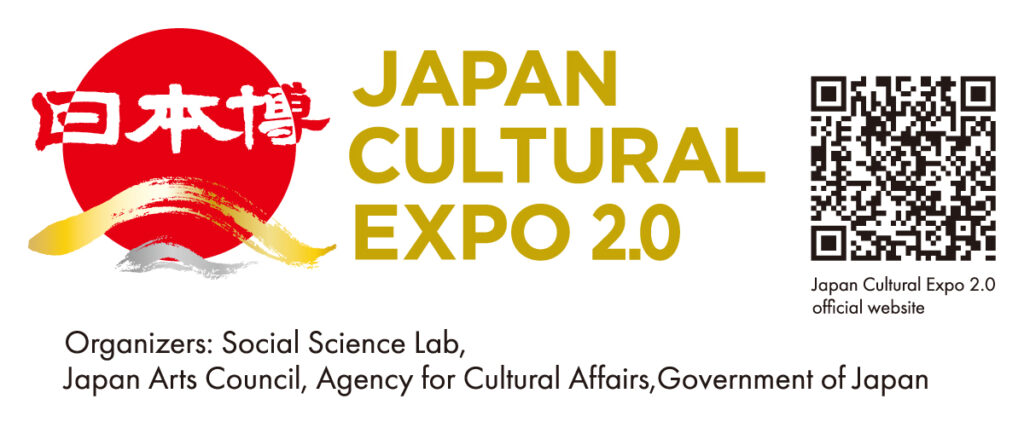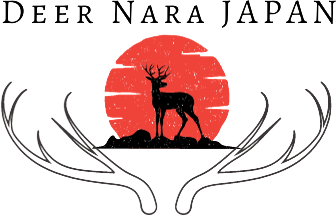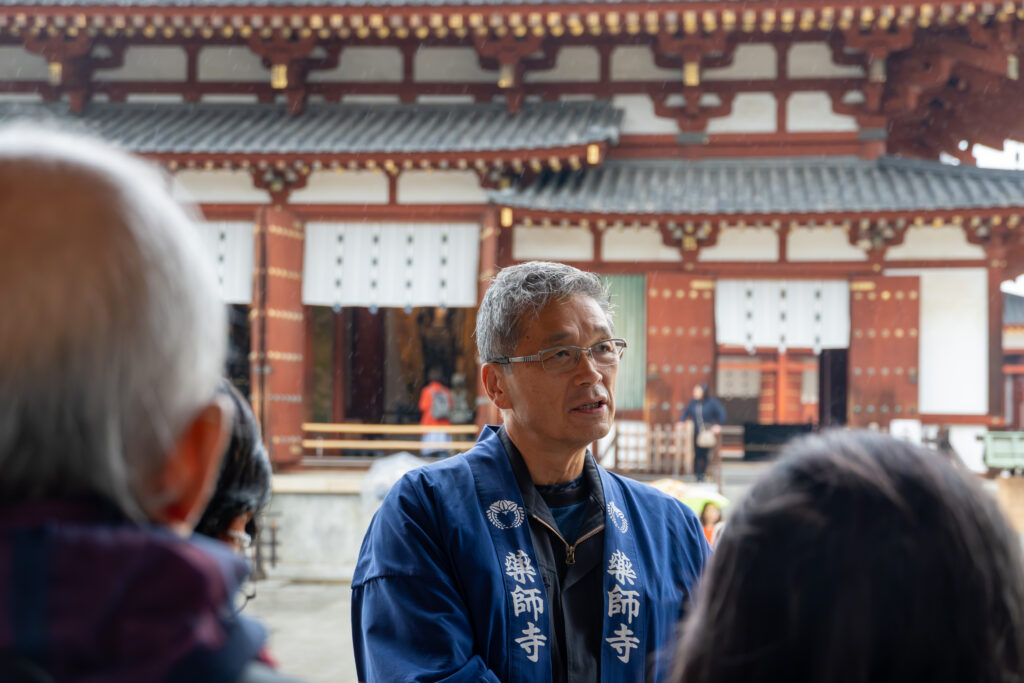Report on the Yakushiji Temple Experience
My visit to Yakushiji Temple was a journey into the heart of Japan’s ancient architectural and
cultural heritage, guided by none other than Mr. Hiroshi Ishii, a renowned master craftsman. His
presence added depth and authenticity to the experience, as he shared firsthand knowledge
passed down from the legendary Tsunekazu Nishioka.
Sutra Copying (O-Shakyo)
Sutra Copying (O-Shakyo)
The experience began with the participation in the O-shakyo, the meditative act of sutra
copying. This practice, which has been performed for centuries, allowed me to connect with the
prayers and intentions of ancient devotees. It was a reflective moment, linking the past with the
present and offering a sense of continuity in faith and tradition.
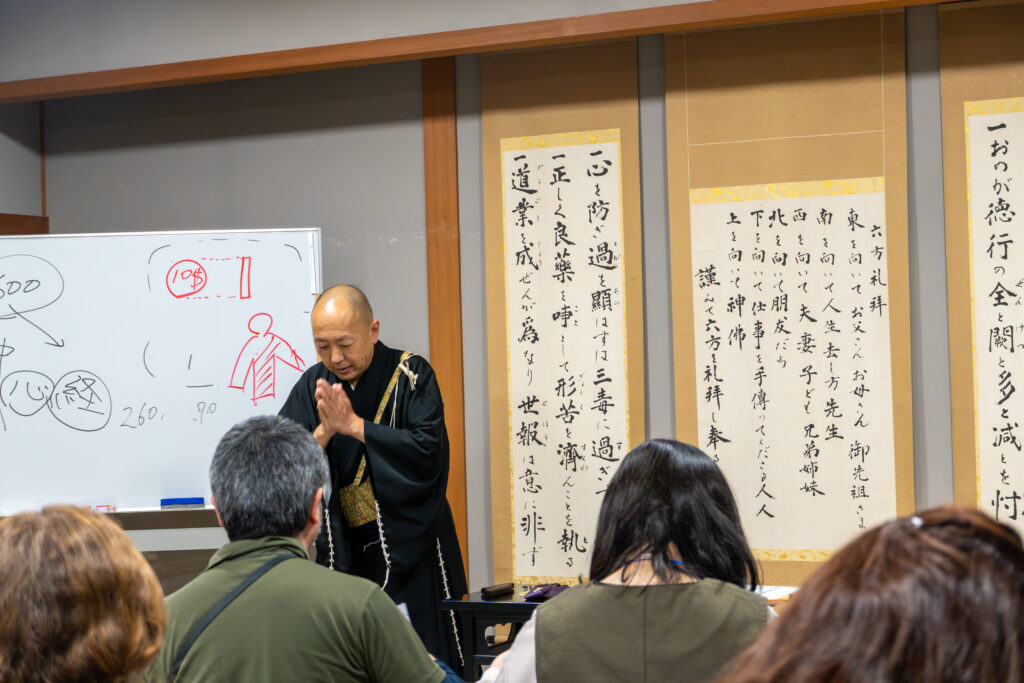
Buddhist-Style Bento Box for Lunch
The experience continued with a Buddhist-style bento box served for lunch. The meal, prepared
with seasonal and vegetarian ingredients, reflected the principles of simplicity and mindfulness
central to Buddhist practice. Each dish was thoughtfully crafted, emphasizing harmony with
nature and respect for life. This meal added a sensory dimension to the day, embodying the
connection between physical nourishment and spiritual well-being.
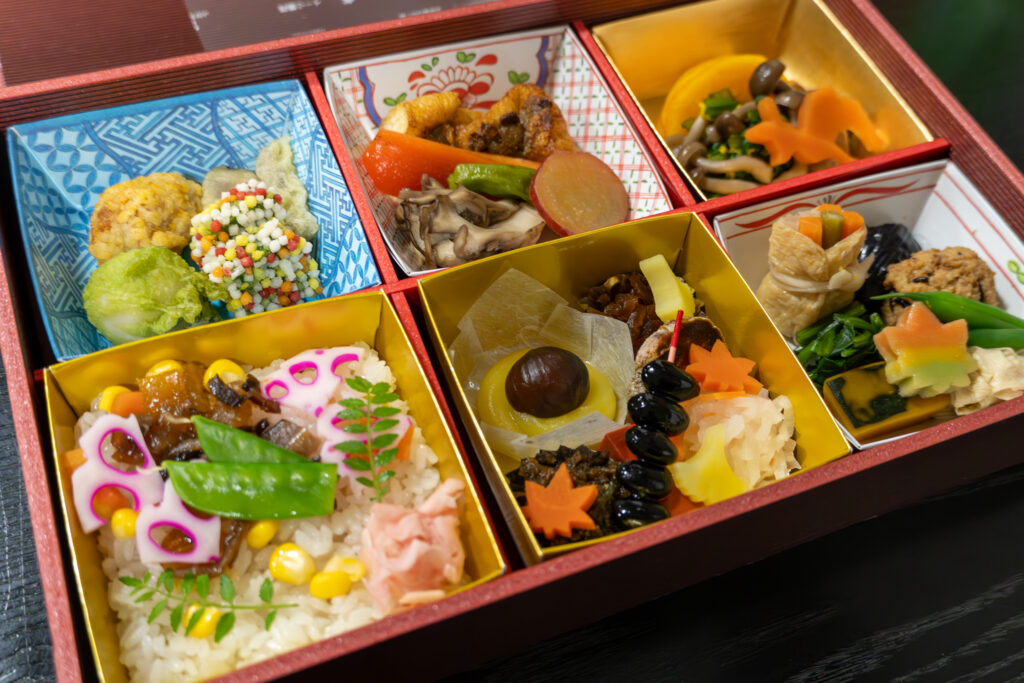
Exploring the East Pagoda
The East Pagoda of Yakushiji Temple, described by art historian Ernest Fenollosa as “frozen
music,” stood as a testament to timeless craftsmanship. Mr. Ishii recounted the challenges faced
during its dismantling and repair between 2009 and 2021, a process he played a crucial role in.
Seeing the pagoda up close and hearing about the intricate woodwork and restoration
techniques made me appreciate the delicate balance of tradition and innovation required to
preserve such a structure.
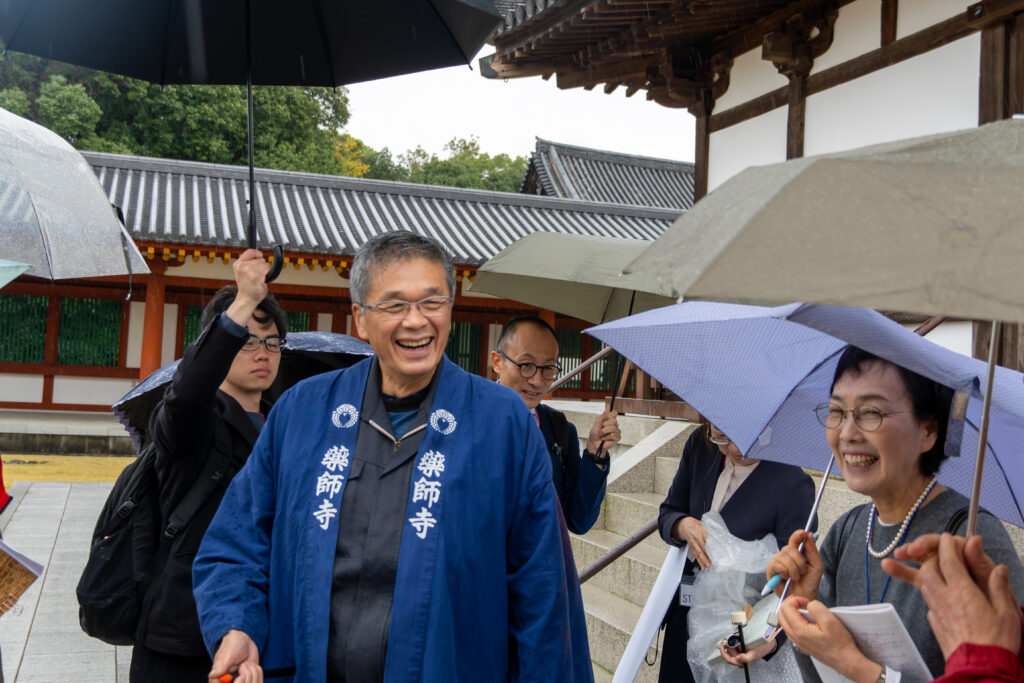
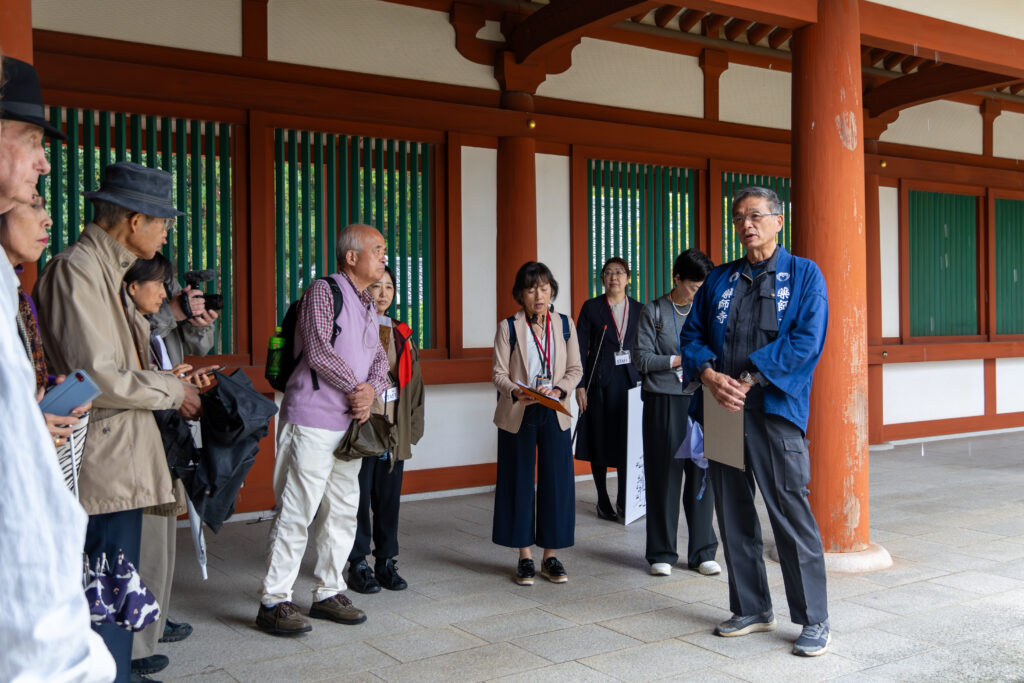
Traditional Skills and Woodworking Workshop with the Yariganna
One of the highlights was learning about the “Traditional skills, techniques, and knowledge”
that were recognized as UNESCO intangible cultural heritage in 2020. Mr. Ishii explained how
these techniques—steeped in over 1,300 years of history—are still relevant today. His passion
for preserving and passing down these skills to future generations was inspiring.
The hands-on workshop at the temple’s woodworking shop was a standout experience. Using
the traditional yariganna (Japanese spear-shaped plane), I gained a small but significant
appreciation for the craftsmanship that goes into temple construction. Under Mr. Ishii’s
guidance, I tried shaping a piece of wood, feeling the precision and care required for this
ancient tool. This activity highlighted the physical and artistic demands of temple building,
fostering a deeper respect for the artisans who dedicate their lives to it.
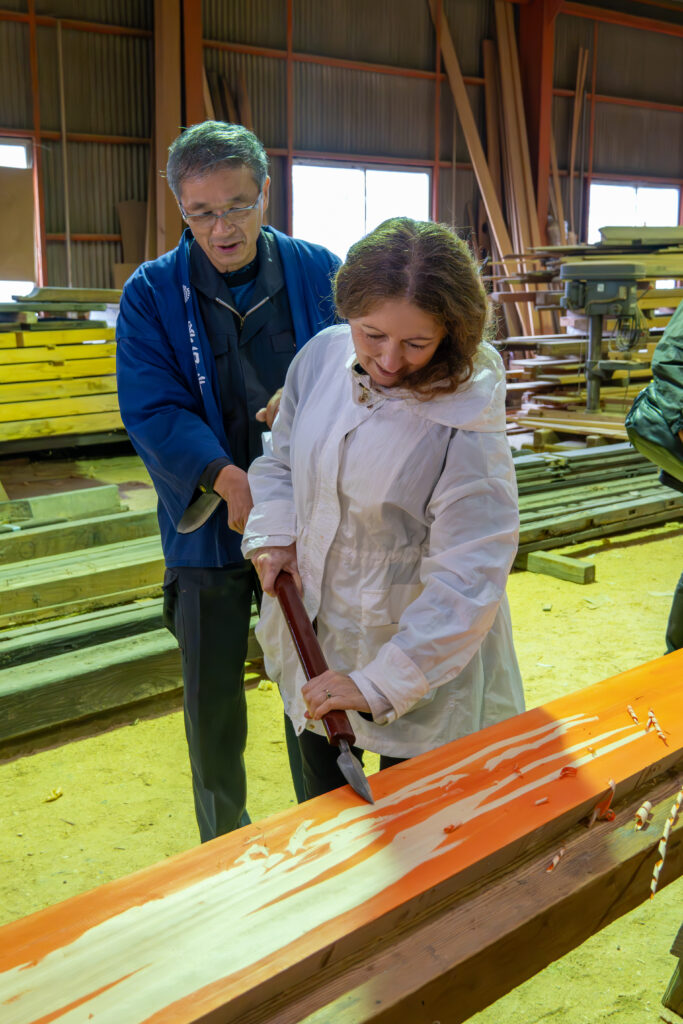
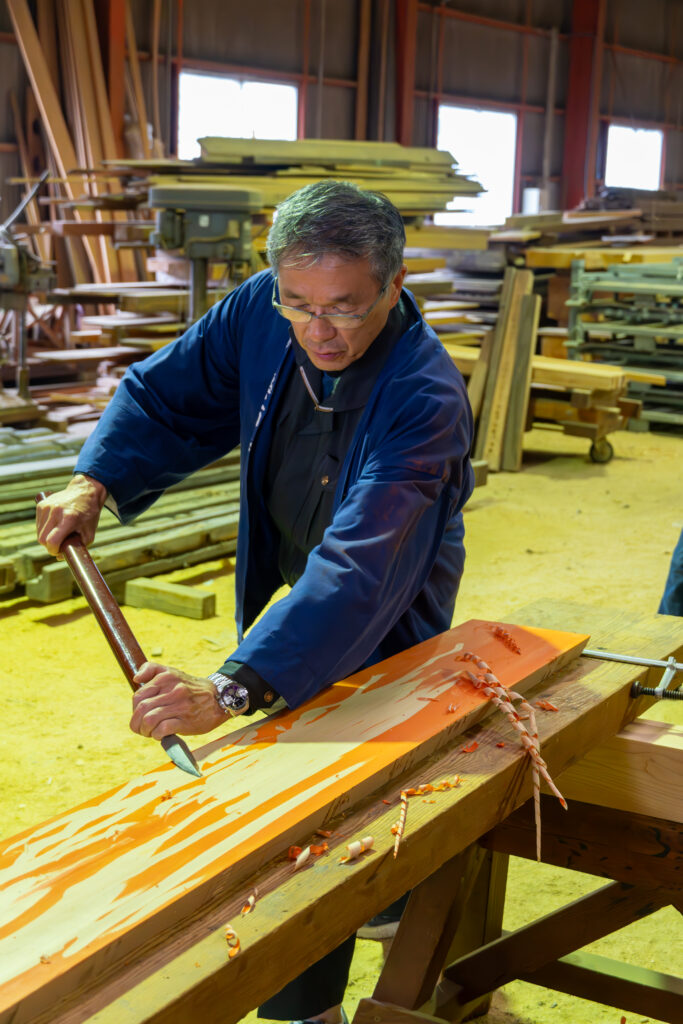
Final Reflections
This experience was more than a tour; it was a profound journey into Japan’s spiritual and
cultural legacy. The combination of Mr. Ishii’s expert guidance, the tactile experience of
traditional woodworking, and the meditative act of O-shakyo created a lasting impression.
The visit to Yakushiji Temple illuminated the importance of preserving such treasures, not just as
historical relics but as living embodiments of faith, artistry, and community.
I left with a sense of awe and a renewed appreciation for the dedication required to maintain
these traditions for future generations.
*This tour program was conducted as the second phase of the “Project for Building and
Promoting the International Brand of Nara Park, a Sacred Site Combining the Highest Tangible
and Intangible Cultural Heritage ,” a project commissioned by the FY 2024 Japan Cultural Expo
2.0 Project (by commission) .
